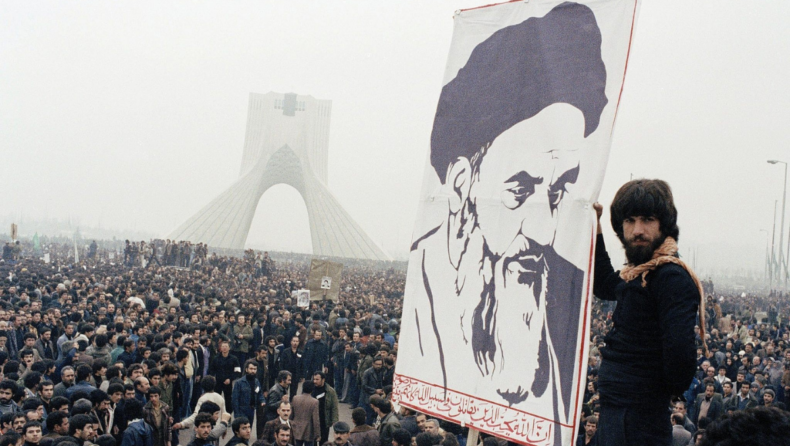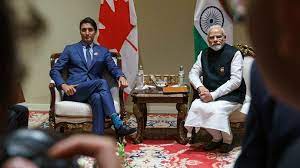
Iranian Revolution, also known as Islamic Revolution, which emerged in 1979. This revolution turned one of America’s most crucial Middle East allies (Iran) into one of its most dangerous opponents.
Prior to the Iranian Revolution, the United States had established tremendous control over Iran by elevating Mohammad Reza Shah to a position of hegemony. Nationalization upset British politicians, who responded by imposing an economic boycott on Iran. Because of the ongoing cold war between the United States and the Soviet Union, the US was concerned that Iran would fall into communist domination.
American-Iranian relations expanded after the revolution. These favorable terms resulted from Shah’s connection with America, not from the Iranian people’s satisfaction with the US. Shah was “America’s Puppet” and was encouraged by the US to become a powerful leader over the Iranian government and people. As a result, Iranian government leaders and the local population got tired of Shah and developed hatred for the United States.
Shah was able to maintain control over 38 years because the US assisted, endorsed, and praised his authoritarian dictatorship. Ayatollah Khomeini, an Islamic Fundamentalist, opposed his rule for two major reasons: American influence and the secularization of Iranian society.
Economic deterioration and revolution in 1970
When the revolution reached its peak in 1979, major precursor events took place throughout the mid 1970s. Iran faced a severe economic downturn, urban overpopulation, monetary inflation, corrupt political procedures and leaders, and a wide wealth distribution gap throughout this time period. Women, students, and religious reformers spoke out against Shah in response to mounting unrest in Iran.
Iranian women’s major purpose was to remove Shah’s oppressive dictatorship. To weaken Mohammad Reza’s authority, revolutionary women staged protests and guerrilla activities. University students, both local and international, joined in revolutionary actions alongside women’s organizations.
These students had a variety of political views, but the religious left and Marxism were the most popular. The low college acceptance rates, poor university education, insufficient housing, and political unhappiness were among their criticisms against Mohammad Reza.
Iran has been crippled as a result of ongoing protests and strikes. The majority of enterprises were shuttered, including retail, media outlets, banks and numerous oil-related businesses. Thus, Iran’s oil production has dropped to its lowest level. This made Mohammad Reza agree to depart the country temporarily on December 29, 1978.
American’s reaction to the revolution
- If Iran felt threatened by the revolutionaries, the US was anxious about a shift in economic relations, particularly in reference to oil. American policymakers were concerned about rising prices and a lack of oil supply.
- The United States considered this communist party as a possible danger to the Soviet sphere of power. As a result, American leaders saw it as their ‘responsibility’ to keep Soviet influence in check and maintain control over Iran.
The United States-Iran relationship started to deteriorate
Iran’s ideology changed as a result of the Islamic Revolution. Khomeini not only stayed in power, but he and his Shiite clergy also ruled directly, which he had not promised. They ruled Iran according to their view of Muslim law, which was based on divine right.
Military action for political problems, Iranian utility, recognition of foreign nations’ selfish objectives, and a desire of Iranian progress were the key principles of clerical authority. Khomeini and other Iranian officials saw the United States as a greedy nation. As a result, after the Islamic Revolution of 1979, relations between the United States and Iran deteriorated.
Khomeini claimed that Iran’s resources and money are being exploited. He argued that Iranians were forced to participate in a revolution in which Iranian blood was lost as a result of US exploitation.
Conclusion
Since the revolution, negative ties between the United States and Iran have persisted, along with the trade embargo. Today, the US and Iran exchange ambassadors, but relations between the two are not as cordial as they were under Mohammad Reza. Presidents and laws in the United States continue to prohibit practically all trade with Iran.
Many years are significant in the history of US-Iran relations. However, the most significant development in diplomatic and economic relations between these two countries occurred in 1979.
Read more-Iran released two British-Iranian nationals after 6 years













